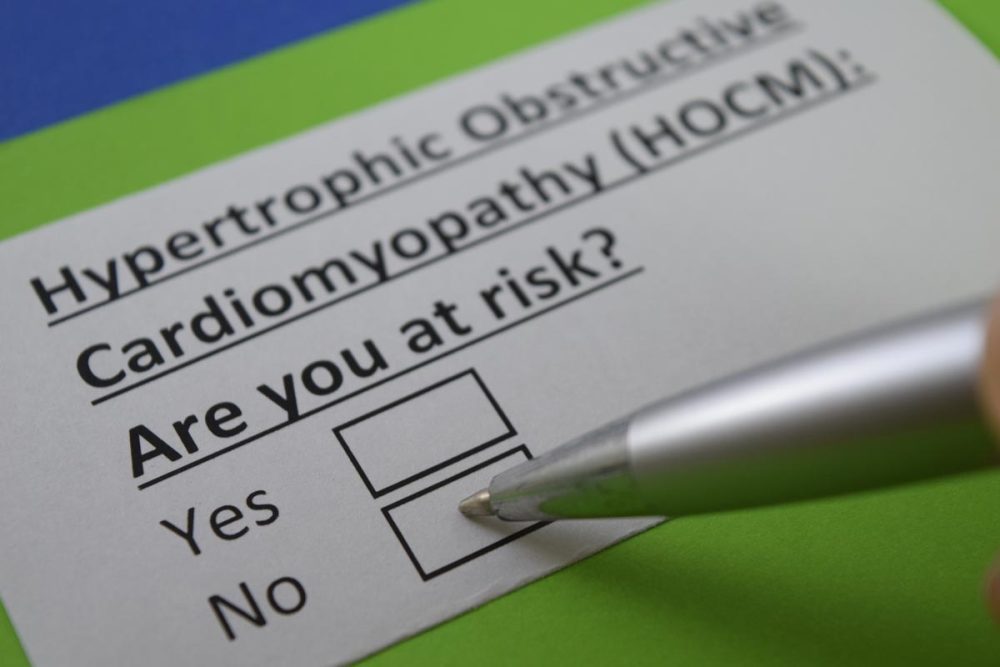Advertisment
Aficamten shows efficacy for obstructive hypertrophic cardiomyopathy

Patients diagnosed with symptomatic obstructive hypertrophic cardiomyopathy (HCM) who are treated with aficamten have achieved significant improvement in peak oxygen compared with patients treated with a placebo.
Researchers reported their findings on May 13, 2024 in the NEJM/New England Journal of Medicine
They said, “One of the major determinants of exercise intolerance and limiting symptoms among patients with obstructive hypertrophic cardiomyopathy (HCM) is an elevated intracardiac pressure resulting from left ventricular outflow tract obstruction….In this international, randomized, placebo-controlled trial involving patients with symptomatic obstructive HCM, aficamten improved exercise capacity (as assessed by cardiopulmonary exercise testing) over a 24-week treatment period. “
Aficamten is an oral selective cardiac myosin inhibitor that reduces left ventricular outflow tract gradients by mitigating cardiac hypercontractility.
In this phase 3, double-blind trial, the investigators randomized adults diagnosed with hypertrophic cardiomyopathy to treatment with aficamten (starting dose, 5 mg; maximum dose, 20 mg) or placebo. Treatment lasted for 24 weeks, with dose adjustment based on echocardiographic findings.
The primary end point was change from baseline to endpoint in the peak oxygen uptake, which was assessed with cardiopulmonary exercise testing.
The 10 secondary end points were change in the Kansas City Cardiomyopathy Questionnaire clinical summary score (KCCQ-CSS), improvement in the New York Heart Association (NYHA) functional class, change in the pressure gradient after the Valsalva maneuver, occurrence of a gradient of less than 30 mm Hg after the Valsalva maneuver, and duration of eligibility for septal reduction therapy (all assessed at week 24), change in the KCCQ-CSS, improvement in the NYHA functional class, change in the pressure gradient after the Valsalva maneuver, and occurrence of a gradient of less than 30 mm Hg after the Valsalva maneuver (all assessed at week 12) and change in the total workload as assessed by cardiopulmonary exercise testing at week 24.
The investigators randomized 282 subjects, 142 to aficamten and 140 to a placebo.
Mean age was 59.1 years, and 59.2% were men.
Baseline mean resting left ventricular outflow tract gradient was 55.1 mm Hg, and baseline mean left ventricular ejection fraction was 74.8%.
At 24 weeks, mean change in the peak oxygen uptake was 1.8 ml per kilogram per minute in the aficamten cohort and 0.0 ml per kilogram per minute in the placebo group, a statistically significant difference (P<0.001).
The results for all 10 secondary end points were significantly improved with aficamten as compared with placebo.
Incidence of adverse events was similar in the two groups.
The authors noted, “The efficacy of aficamten was evident by week 12, with significantly greater improvements in left ventricular outflow tract gradients, health status, and symptoms.”





